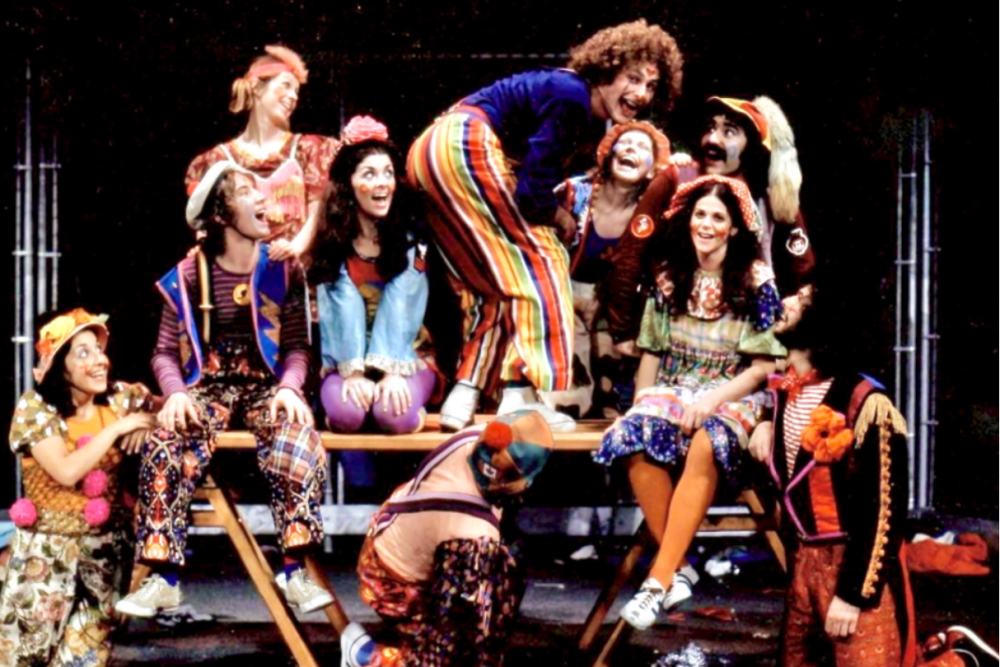Film review: Mixed↑ turns the search for identity into a provocative and artful experiment
Filmmaker Howard J. Davis fluidly mixes the personal and historical with home movies, text, performance art, and more
Mixed↑ premieres on OUTtv on November 11
MULTIDISCIPLINARY ARTIST HAUI (aka Howard J. Davis) finds myriad ways to come at the complexity of identity in his new, Vancouver-produced film Mixed↑.
Pronounced MixedUp, the title is a reference to the fact that HAUI is mixed race, with Black and European heritage. In it, the artist fluidly connects history, etimology, home movies, and autobiography to show that in a society that prizes homogeneity, people of mixed cultural backgrounds are often treated as “diluted” or somehow impure.
HAUI’s narration might be best described as stream-of-consciousness and spoken word. The overall aesthetic is a wild pastiche—a collaging that’s well suited to the ways race can mesh beyond defined borders. In form, as much as in content, HAUI challenges traditional perspectives. And in a world that’s grappling with issues of race right now, it’s a thought-provoking, experimental call to action.
The film, produced by Vancouver trans filmmaker Jack Fox and executive produced by theatre and opera director Peter Hinton (whose connections to Vancouver also go deep), interweaves BIPOC and LGBTQ2SIA activism, and confronts what it’s like to grow up feeling like the “other”.
It’s deeply candid. “We need to forego our tendency to avoid subjects that make us uncomfortable, but instead face them,” HAUI announces early on, in a line that could be the motto for his approach. One of the first signs that the artist will pull no punches is in scenes of his Black father, in home movies, when HAUI talks about his conflicting emotions about his father: on one hand, HAUI admires that his dad stood up to adversity; on the other, the same man struggled to accept his son’s homosexuality.
HAUI throws a lot of ideas against the wall here. Amid his family’s own story of moving here from Britain, he free-associates historical terms for people of mixed race (the Germans’ post-World War mischlingskinder; slave-era America’s “quadroons”), with bold text play (“UNIQUE”), old movie clips (Douglas Sirk’s 1959 Imitation of Life, about a mixed-race girl), and interviews with fellow mixed-race artists like Tantoo Cardinal or his own sisters (one who identifies as Black, the other as British). The filmmaker also works in his own kind of performance art, addressing the camera in various states of makeup and disguise, at one point painting his face half white, half brown.
It’s a lot to take in—a bold mix of documentary, confessional, strident manifesto, and arthouse experiment. It defies categorization, a lot like the artist at its centre.













